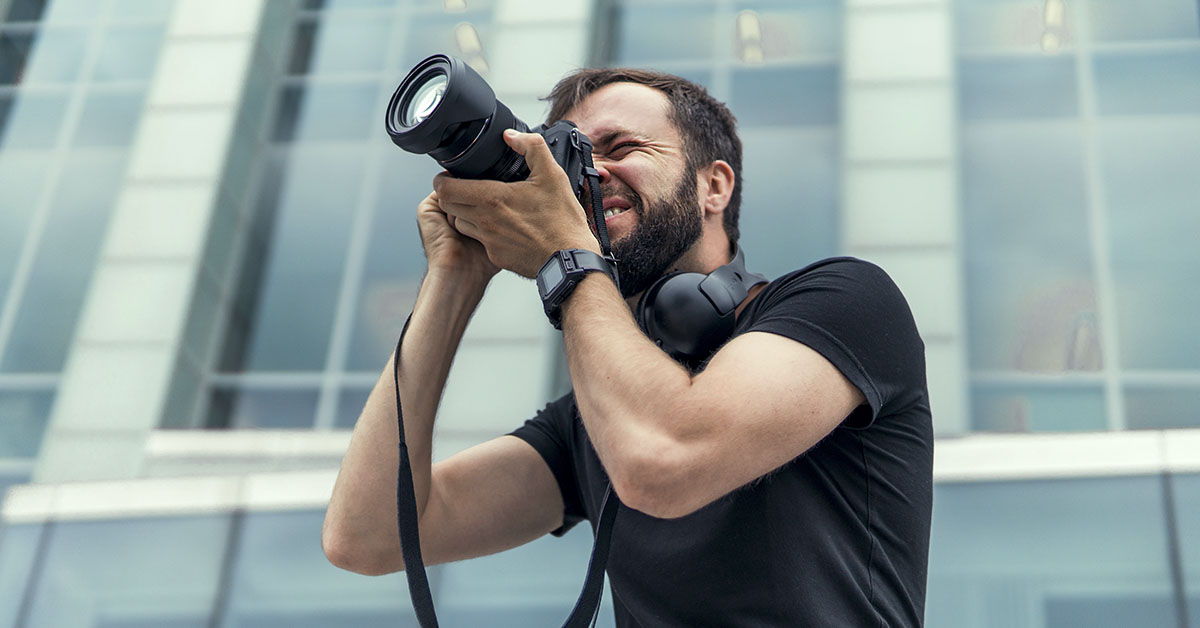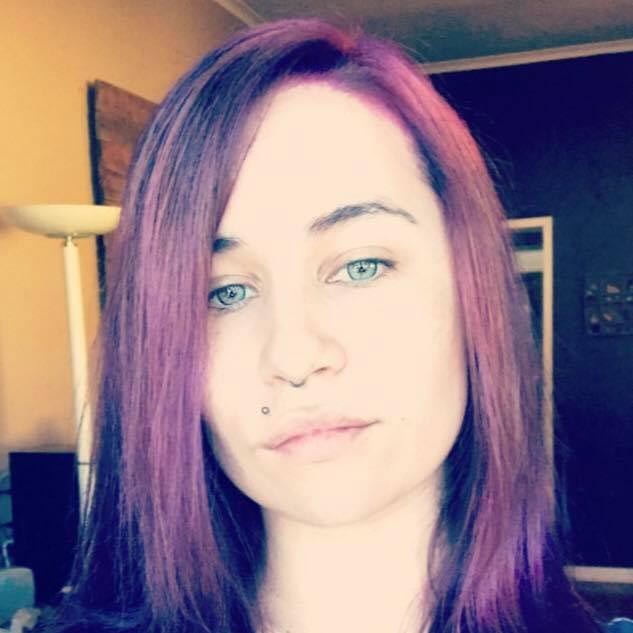Perception serves as our reality until proven otherwise, yet it remains remarkably susceptible to change based on our level of understanding. This notion has been recently exemplified by two Danish photographers who have pushed their boundaries in the pursuit of fitting in with the media. In an era dominated by misinformation, discerning truth from falsehood has become increasingly challenging. Media outlets, often wielding significant influence, are not immune to manipulation. Are we certain that the images presented to us in biased news articles and stories are devoid of manipulation? Regrettably, we cannot always be certain.
Ólafur Steinar Gestsson and Philip Davali, photographers affiliated with the photo agency Ritzau Scanpix, embarked on an enlightening experiment. Employing their cameras and strategic optical illusions, these artists captured individuals enjoying leisure time outdoors on the same day in Copenhagen. In an interview with Bored Panda, they discussed their illuminating experiment.
Telephoto lens

By employing contrasting lenses—a wide-angle and a telephoto—they skillfully altered perspectives. Resulting in striking disparities in perceived distances between subjects. Such techniques prompt reflection on the adherence of photographers to journalistic ethics when focused on the media.
Wide Angle Lens

Kristian told Bored Panda how he came up with the idea: “The proximity of people has widely been debated in Denmark in the past weeks. Danish politicians and authorities have frequently referred to images which they believed to show members of the public behaving in disagreement with the general guidelines.”
Telephoto lens

“As producers of photography, we have a responsibility to draw attention to the fact that images in some cases do not show the proximity of objects as people seem to believe,” he continued about his stance on journalists and the media.
Read More: 19 Pictures Of The ’00s That’ll Make No Sense To Anyone Under 18
Wide Angle Lens

“The right solution would be to clarify the circumstances in the captions of the images. Thus so that they won’t be misread.” He said.
Telephoto lens

Kristian, recognizing the pivotal role of their national photo news agency in providing crucial visual coverage, became increasingly cognizant of the potential for their contributions to be misconstrued. In an age marked by media manipulation, the selection of angle and perspective holds as much significance as the content of the image itself.
Wide Angle Lens

Basic photography techniques have assumed an unexpected and somewhat ominous significance in this context—a departure from the past. Reflecting on this shift, Kristian remarked. “The technical choices have never been a politically debatable issue in the history of photography.”
Read More: Photographer captures little children and their grandparents and the pictures are beyond amazing
Telephoto lens

Ólafur Steinar Gestsson elucidated to a local Danish website that the wide-angle lens mirrors the natural field of vision of our eyes. He explained, “It takes wider pictures, and as a photographer, you employ it when you’re near your subject.
Wide Angle Lens

Such lenses, akin to those integrated into our iPhones, facilitate the capture of images in alignment with our mental visualization.
Telephoto lens

Conversely, the telephoto lens serves as the elongated counterpart. Ideal for capturing subjects at a distance, such as press conferences or football matches. Gestsson elaborated, “It brings the subject closer, drawing them together in the frame.”
Read More: Have You Ever Noticed This One Strange Detail in Pictures of Princess Diana and King Charles?
Wide Angle Lens

Ólafur emphasized to TV2 the importance of viewers being cognizant of the specific lenses and equipment employed by photographers to capture a particular image. He suggested, “Including a description in the caption detailing how the image was taken would grant editors the freedom to make informed choices.” In his view, photographers must constantly consider the methodologies employed in their profession. Hence, he proposed the necessity of establishing a new journalism code of ethics to govern the practices of photographers. Ensuring fairness and impartiality in reporting.
The NPPA stands firm with its code of ethics
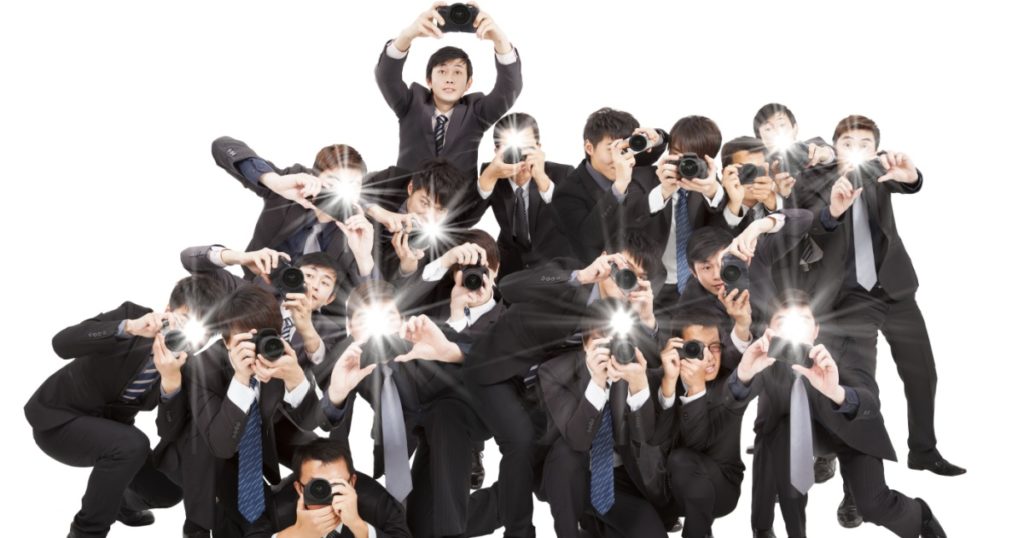
The National Press Photographers Association (NPPA) has issued a comprehensive journalism code of ethics for its members. But the principles outlined therein are invaluable for any aspiring photojournalist.
Several key points from the code are particularly noteworthy:
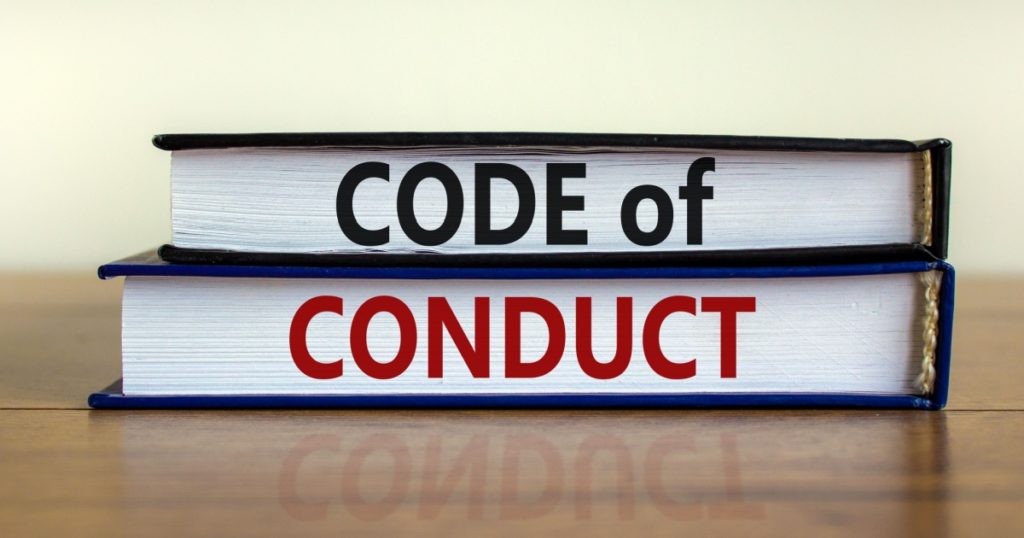
- “Be accurate in the representation of subjects“: This underscores the importance of presenting subjects truthfully and without distortion.
- “Resist being manipulated by staged photo opportunities”: It emphasizes the need for photographers to maintain integrity and avoid participating in or perpetuating staged events.
- “Be complete and provide context when photographing or recording subjects“: This highlights the responsibility to offer comprehensive coverage and contextual information to ensure a thorough understanding of the subjects being depicted.
The Bottom Line
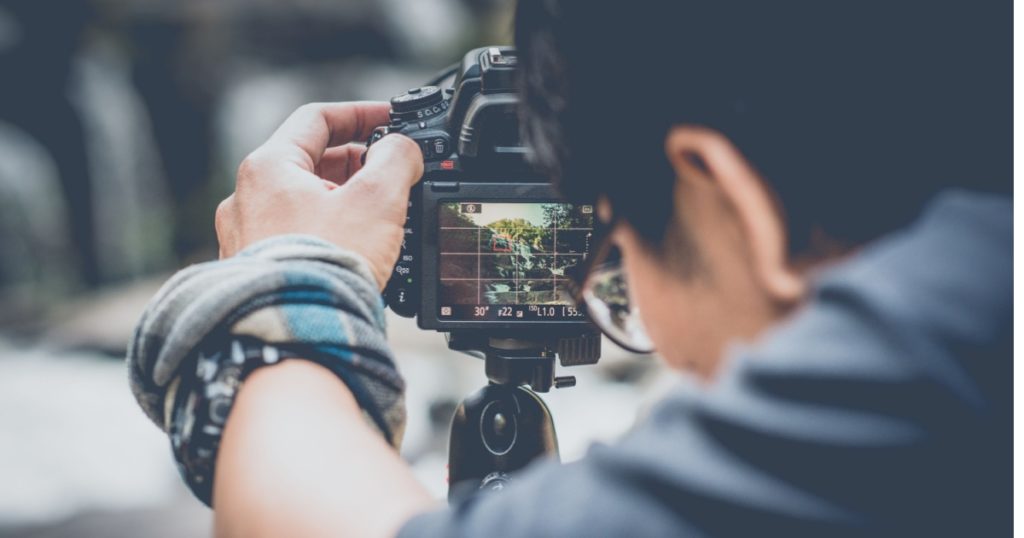
Ultimately, the onus is on reporters to uphold these standards if reporting is to remain fair and unbiased. The ease with which people can be manipulated through the use of specific lenses and angles underscores the critical importance of adhering to ethical guidelines in photojournalism.
Read More: ‘We’re constantly asked for pictures’: Teen researches why sending naked pics is now normal
